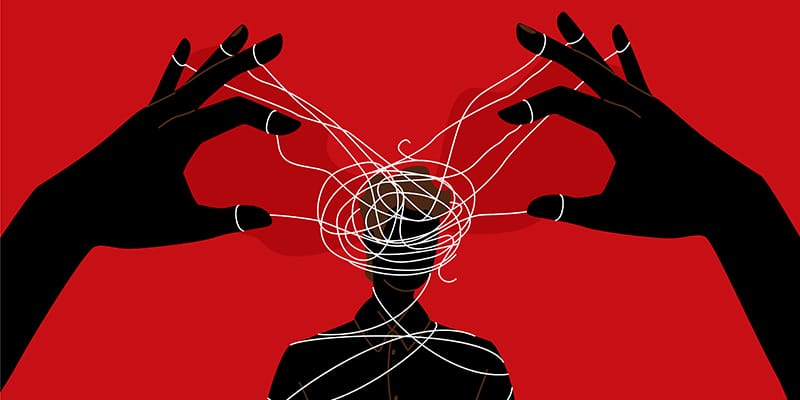The word “gaslighting” is now a buzzword on social media and in common usage—but mental health professionals say that its misuse and overuse could undermine the actual emotional abuse that it labels. Gaslighting is a psychological abuse technique where the victim is caused to doubt their own reality, memory, or sanity by the abuser, sometimes slowly and insidiously over time.
In the last few years, the term has been used somewhat sloppily to describe disagreements, miscommunications, and even genuine mistakes, to the point of diluting its clinical and emotional meaning. Psychologists contend that when all interpersonal conflicts are described as gaslighting, it discredits the experiences of real survivors of long-term psychological abuse.
Gaslighting, in its true form, is subtle and methodical. It may be exerted by way of denial, contradiction, and misinformation, all calculated to diminish the victim’s confidence and independence. Gaslighting victims tend to develop anxiety, confusion, and depression—harm far more profound than is suggested by casual use.
Mental health campaigners are urging more responsible language usage, highlighting that labelling common problems as “gaslighting” not only misleads the public but also silences victims in toxic, controlling relationships. The label is worth the gravity and seriousness that accompany its recognition of emotional trauma and psychological abuse.







